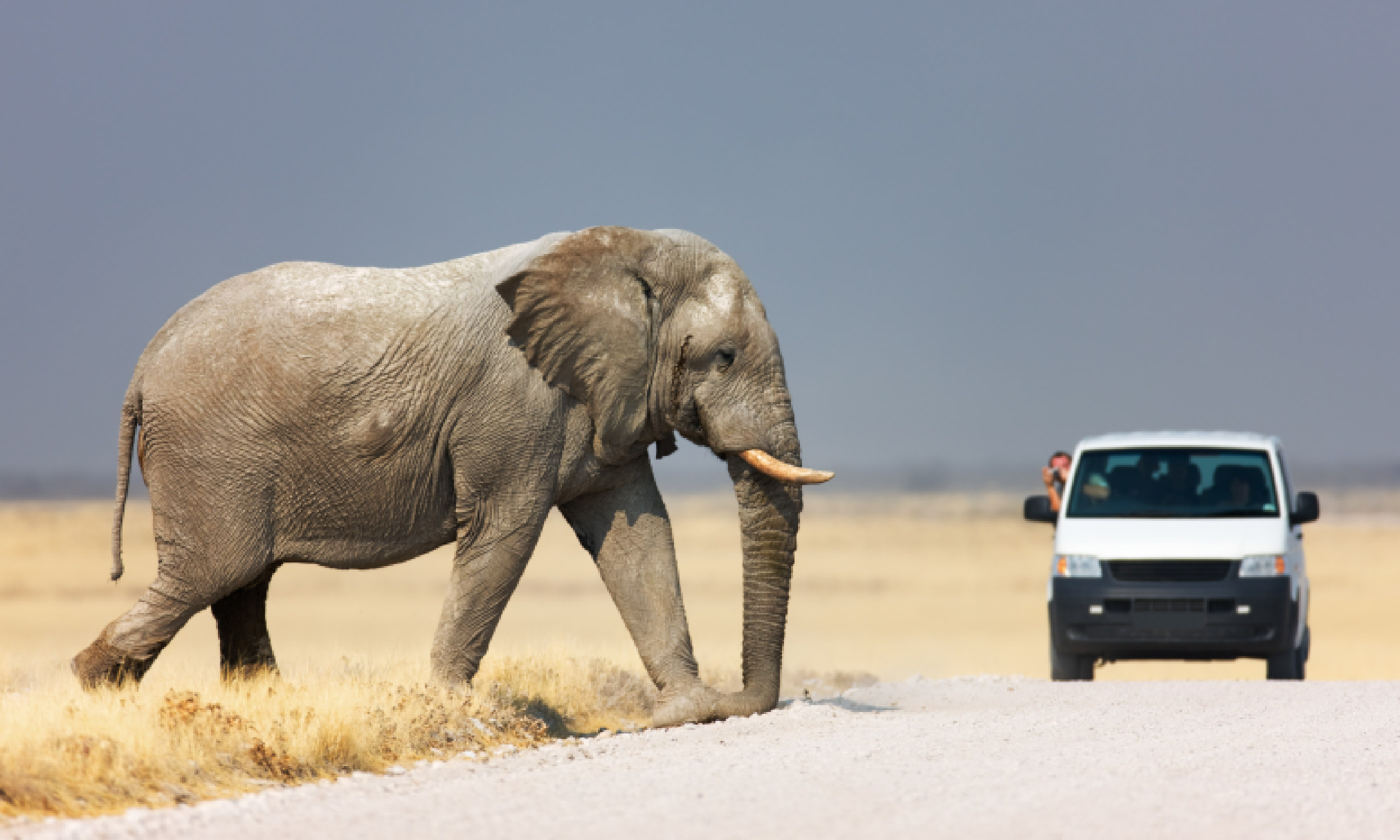
What's your safari style?
The African safari is one of travel’s greatest experiences, but what’s the best way for you to do it? By foot? By boat? By hoof? Do you want to get closer? Or higher? Read on for our guide to the different ways to tour the wild...
Vehicle
The most prevalent safari type is the game drive – an expedition in search of animals by vehicle, accompanied by a driver and a guide (or one driver-guide). However, not all vehicles are made equal, and the type could affect your experience significantly. The least-favoured option is a 2WD minibus with sliding windows: your view will be restricted (especially if you don’t have a window seat) and you won’t be able to go off-road.
Better is a hatch-top 4WD – these have solid sides, but the roof pops off so you can stand for unhindered views.
Better still are open-sided Land Rovers that have been specifically modified for safaris. They generally carry no more than ten people, may have tiered seats (so those at the back can see over the heads of those in front) and have no sides whatsoever, so you’re completely exposed to the bush.
Where? Region-wide
Pros: Vehicles (especially 4WDs) can cover wide areas; if in radio contact with other vehicles, they can head to reported sightings. Vehicles can get close to the wildlife, while keeping you safe. Anyone, no matter what age or fitness, can join a game drive.
Cons: Unless you pay for a private game drive (expensive) you will be sharing the vehicle – this could compromise what you get to see as the interests of the group must be factored in. It is a sedentary experience – you can’t get out to stretch your legs.
Need to know: Safari camps usually run two game drives a day (pre-dawn, mid-afternoon); they typically last three to four hours.
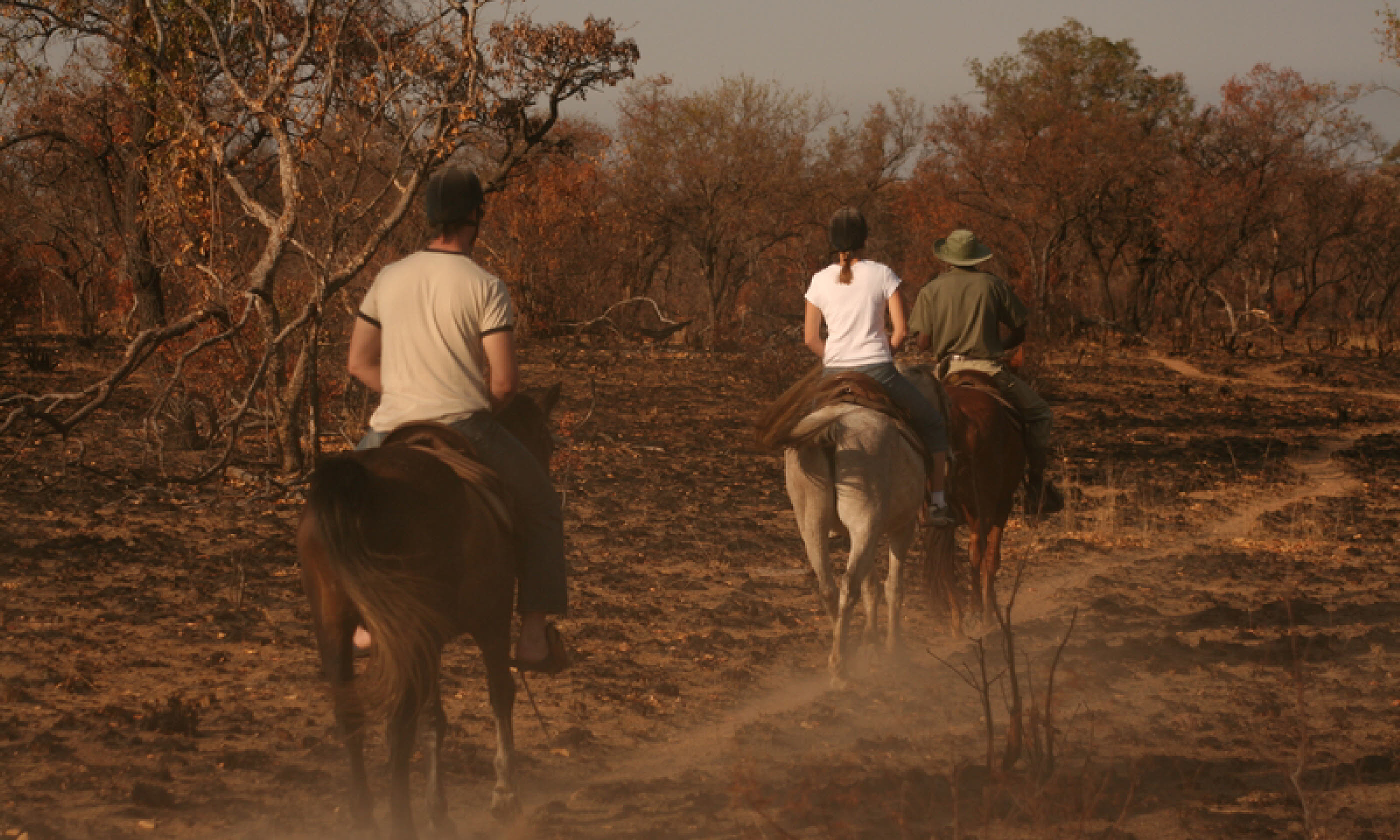
Horseback
Exploring the bush by horse, led by a skilled and experienced guide. You might gallop along dry riverbeds, canter amid a herd of zebra or face an elephant’s mock charge. There may also be chances to try other activities, such as mustering cattle or swimming with your horse. Accommodation varies from uber-luxurious lodges to basic tents; a mobile tented safari sees your home follow the horses.
Where? Botswana is a classic choice, especially around the Okavango Delta; there’s the chance to splash in the waterways on quality horses. The rolling dunes around Sossusvlei, Namibia, offer options for beginners, though the experienced might fancy the Namib Desert Ride, a challenging 400km expedition across the Namib. There are also good horseback safaris in South Africa, and in Kenya and Tanzania you can ride with the Great Migration.
Pros: A very natural way to safari. It’s possible to get very close to wildlife, from an elevated vantage – you’re up at zebra level. There are options for novice riders in areas where there is no dangerous game. Exhilarating.
Cons: To undertake a horseback safari where the Big Five are present, you need to be an experienced rider – you may need to handle a nervous horse in a dangerous, high-pressure situation where a fast exit may be required.
Need to know: Take your own riding hat, and buy a wide-brimmed cover for extra sun protection.
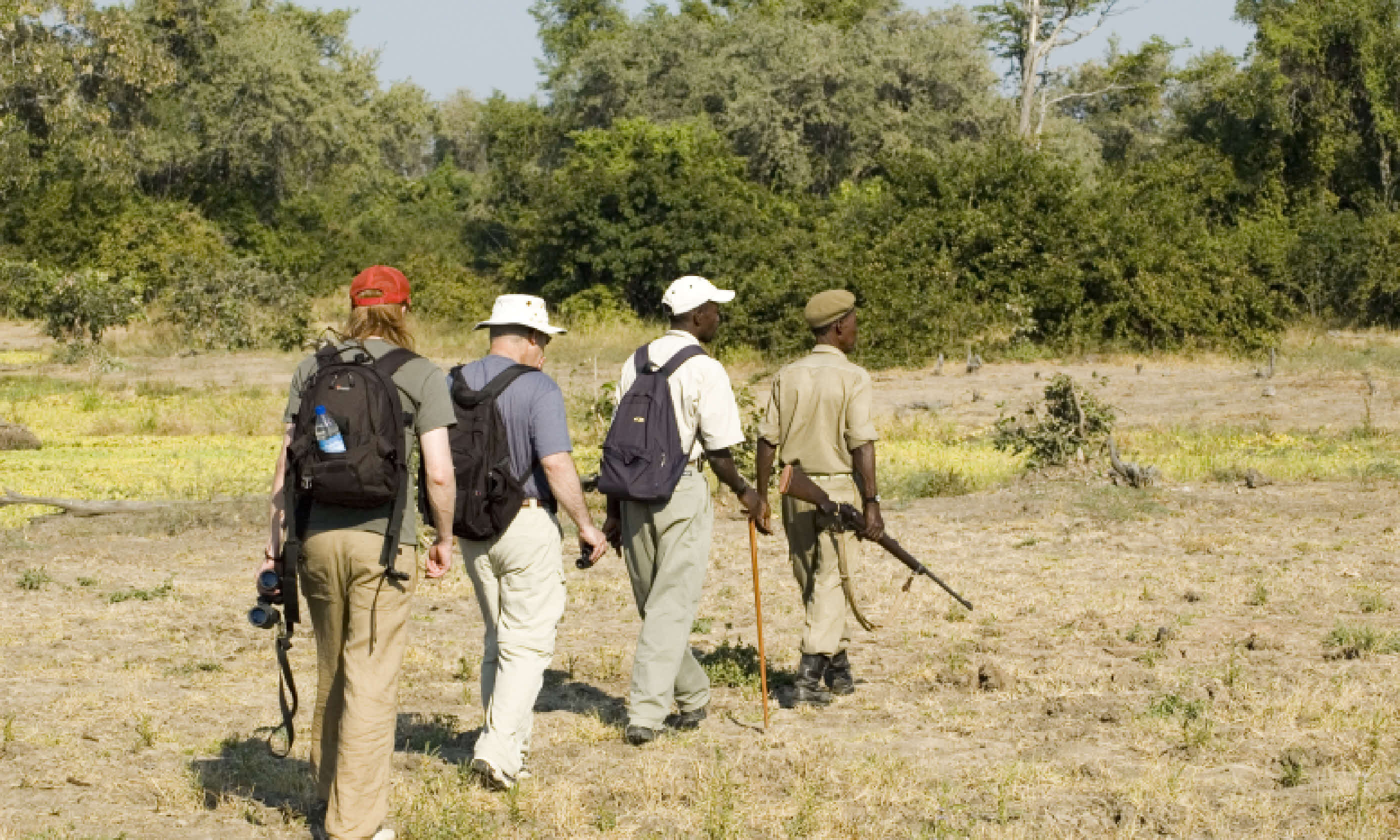
Walking
A walk in the bush with a guide and armed ranger. There is nothing quite like feeling the savannah beneath your feet and spotting wildlife when there’s nothing between you and it – no diesel roar, no metal cage. Walks provide a more active alternative to jeep safaris, too, although distances are generally short and the pace gentle.
Where? Zambia’s South Luangwa NP is considered the home of the walking safari; as well as short tramps you can do lodge-to-lodge bush walks with expert guides. There are strict rules governing walking safaris in Tanzania’s national parks (for example, no more than six guests can walk in one group) but there are still good options, including fly-camping trips, both in NPs and Game Reserves (where rules differ).
Zimbabwe offers top-class walking safaris – on-foot trips are allowed in all areas, and only the very best manage to pass the mandatory walking guide exams. Walks aren’t allowed in most of Kenya’s parks.
Pros: The most natural form of safari, allowing maximum engagement with the bush. A trek allows appreciation of smaller creatures, not easily seen from a vehicle. The chance to track large animals on foot.
Cons: You won’t get so close to wildlife. You will likely see fewer big animals. You can’t cover as much ground. A walking safari is very guide-dependent: a bad guide can ruin the experience.
Need to know: Walking safaris usually last two to four hours. They are perfectly safe – as long as you follow the guide’s instructions.
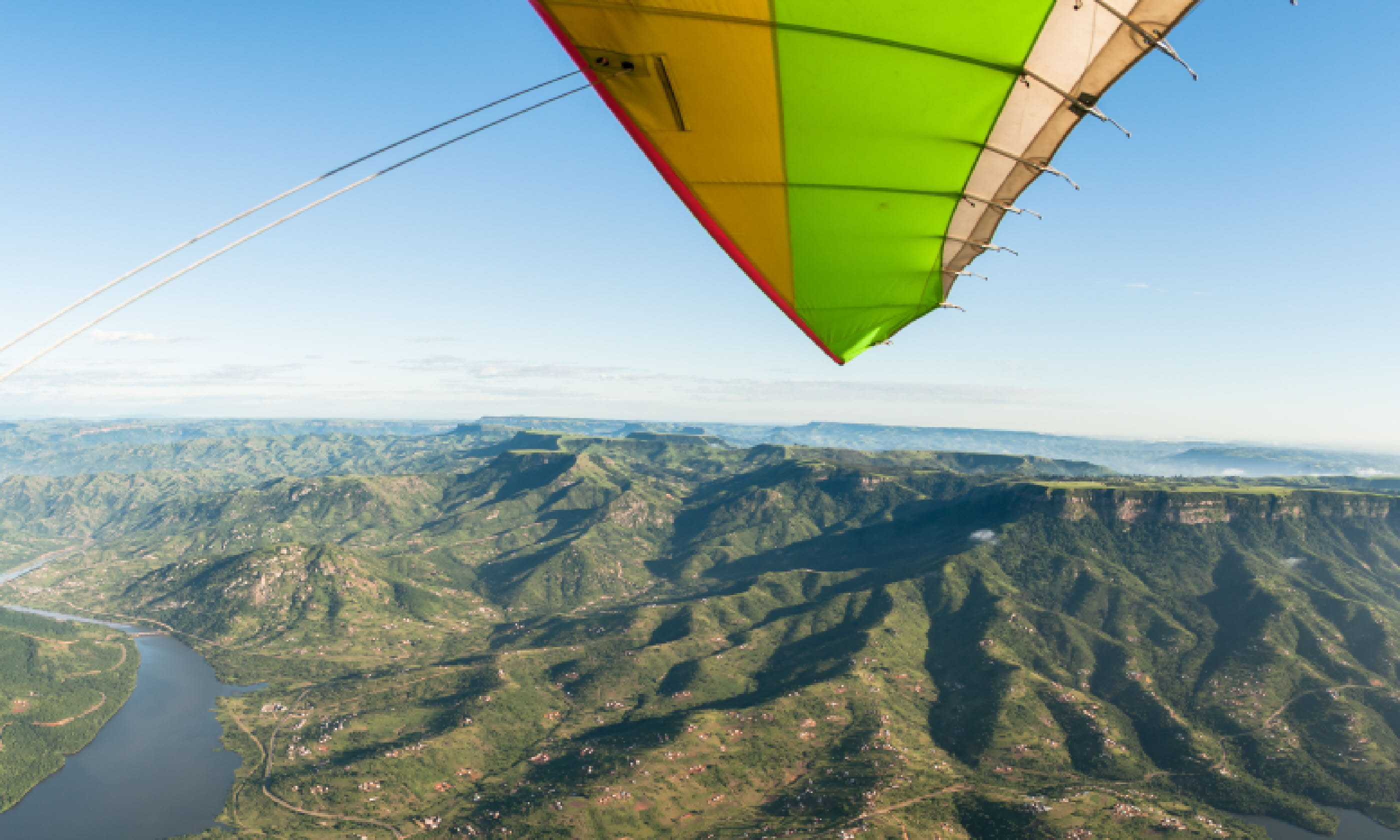
Microlight
Buzzing above the plains in a small, lightweight, two-person aircraft – a sort-of chaise longue with wings. Zippy microlights can take off from bush airstrips (best at sunrise, when conditions are calmest) and reach speeds of around 55km/h as they skim low over the landscape.
Piloted flights last around 15 minutes and can get close to piles of hippos and crocs, large herds, snoozing lions and other wildlife, which are fairly unperturbed by the thing flying above.
Where? Tafika Camp in Zambia offers excellent microlight trips over the Luangwa Valley.
Kwa Madwala in South Africa also offers low-altitude flights over its rocky, wildlife-rich private reserve.
Pros: You fly low, close to the action. Unobstructed aerial views. The chance to fly with flocks of birds and over the prolific wildlife. Covers a lot of ground, giving a wide overview. Fun!
Cons: Limited opportunities – few camps offer microlight flights. A little noisy – though headphones block the worst. They’re also weather dependent.
Need to know: Flights are very safe – if the engine fails, the pilot should be able to glide the microlight to a landing spot.
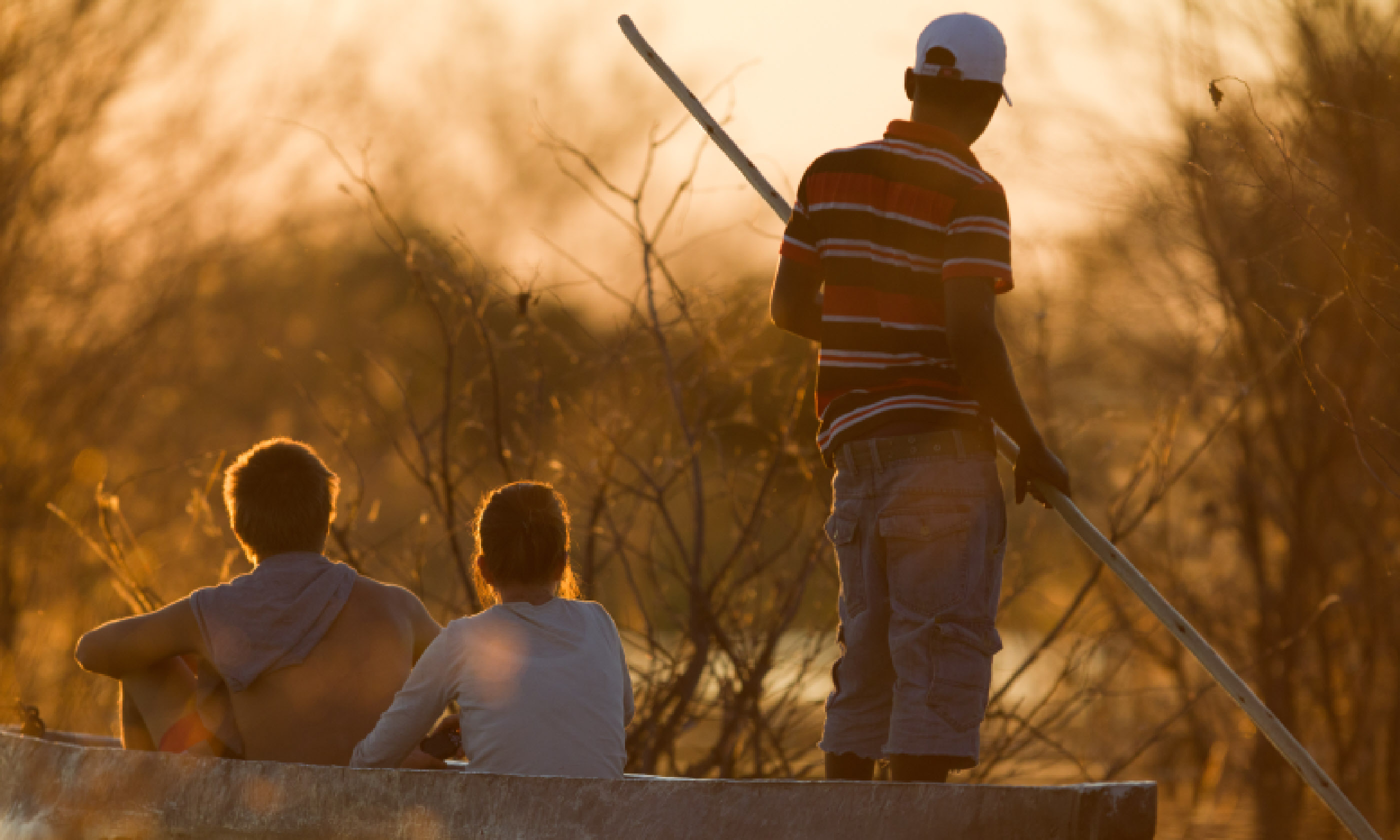
Canoe & mokoro
Paddle through the winding, wildlife-laced African waterways – either under your own steam, or in a traditional mokoro (dugout) that’s punted by a skilled poler.
Both canoe and mokoro options are tranquil, timeless ways to get exceptionally close to animals – from drinking eles and antelopes to lurking hippos. Trips might be a two-hour excursion from a safari lodge or a multi-day journey, camping en route.
Where? Botswana’s Okavango Delta is the home of mokoro trips. Arusha NP and Lake Manyara NP (water level permitting) are canoe options in Tanzania. Kayaking is possible on Lake Malawi.
Longer options include Botswana’s five-day self-paddle
Selinda Canoe Trail, which became possible when flooding opened up the Selinda Spillway; no one knows when it might dry up again. There are also canoe trips down the Zambezi to Victoria Falls, just like Livingstone, while the four-day, 65km Mana Canoe Trail traverses Zimbabwe’s Mana Pools.
Pros: The chance to explore at water-level, giving an unusual croc’seye perspective. You’ll get very close to the wildlife. It’s ideal for those with a sense of adventure or who find jeeps too sedentary.
Cons: Often only available seasonally, and where there’s water. Crocs and hippos pose real dangers. Bilharzia – a parasite-caused infection – could be a problem in some lakes.
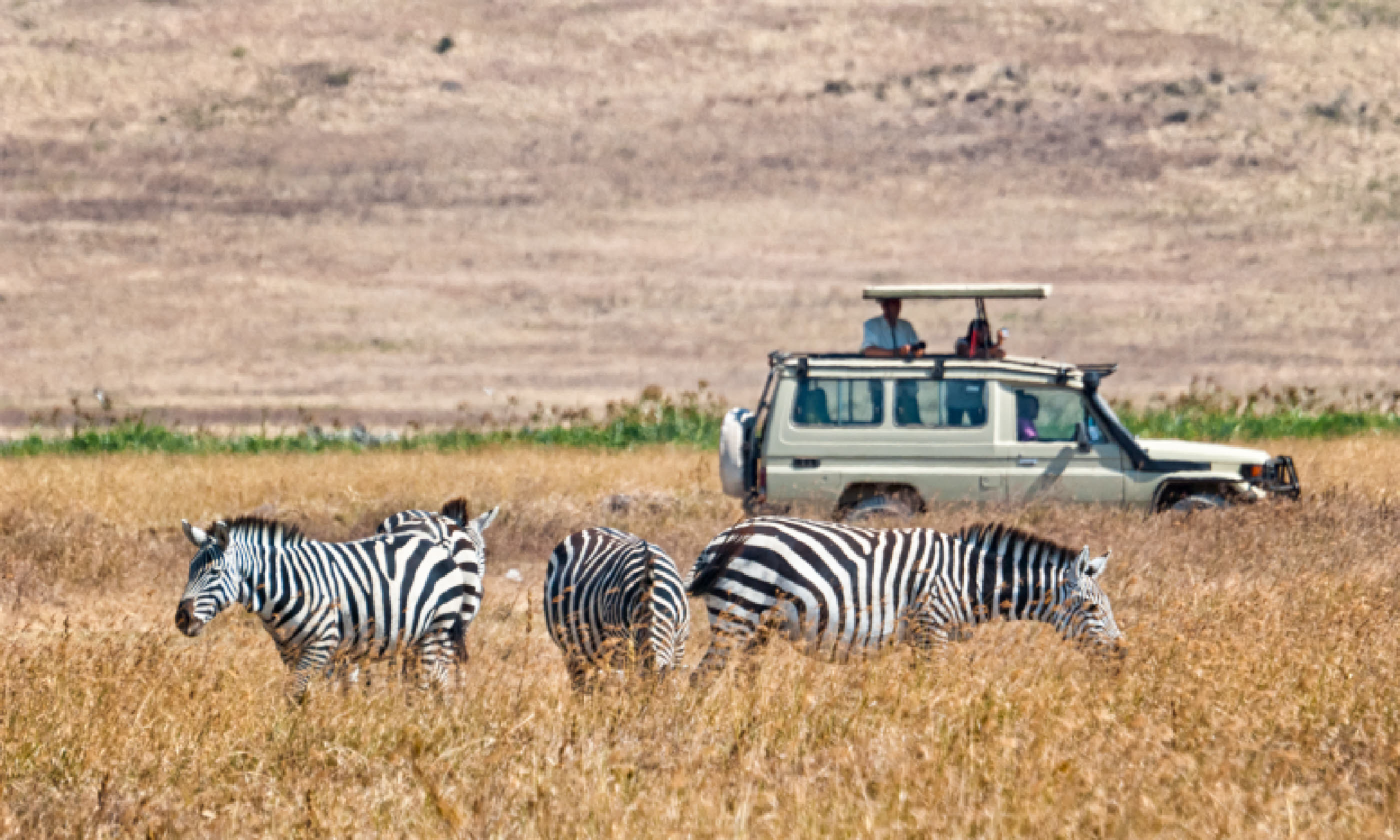
Self-drive
You drive yourself in your own vehicle around some of the greatest safari spots on the planet – no guide, no fellow safari-goers. Both 2WD and 4WD options are possible. These types of trip may also incorporate non-wildlife elements – for instance, you might do a safari within a longer roadtrip along South Africa’s Garden Route or a grand tour of Namibia.
Where? Kruger NP (South Africa) and Etosha NP (Namibia) are popular with self-drivers – both have extensive networks of sealed roads suitable for 2WD vehicles. Botswana has good roads too, though 4WDs are necessary for proper exploration of the country’s national parks.
Pros: The freedom – you’re not tied to a group or set itinerary – and the joy of self-discovery. It’s also a low-cost option: hire a car, pack a tent, buy groceries and head to a national park (cheaper than a private reserve) and you can safari on a budget.
Cons: Without a guide to point it out, you could miss most of the wildlife. It’s also potentially dangerous – you need to know what you’re doing, especially if driving a 4WD into the wilderness. In national parks, you won’t be allowed to self-drive after dark. Your vehicle may not offer unhindered wildlife watching (small windows, low elevation).
Need to know: Drive within the limits of your experience. If you’ve never driven a 4WD before, don’t hire one in Africa. Don’t drive at night, drive slowly and expect the unexpected.
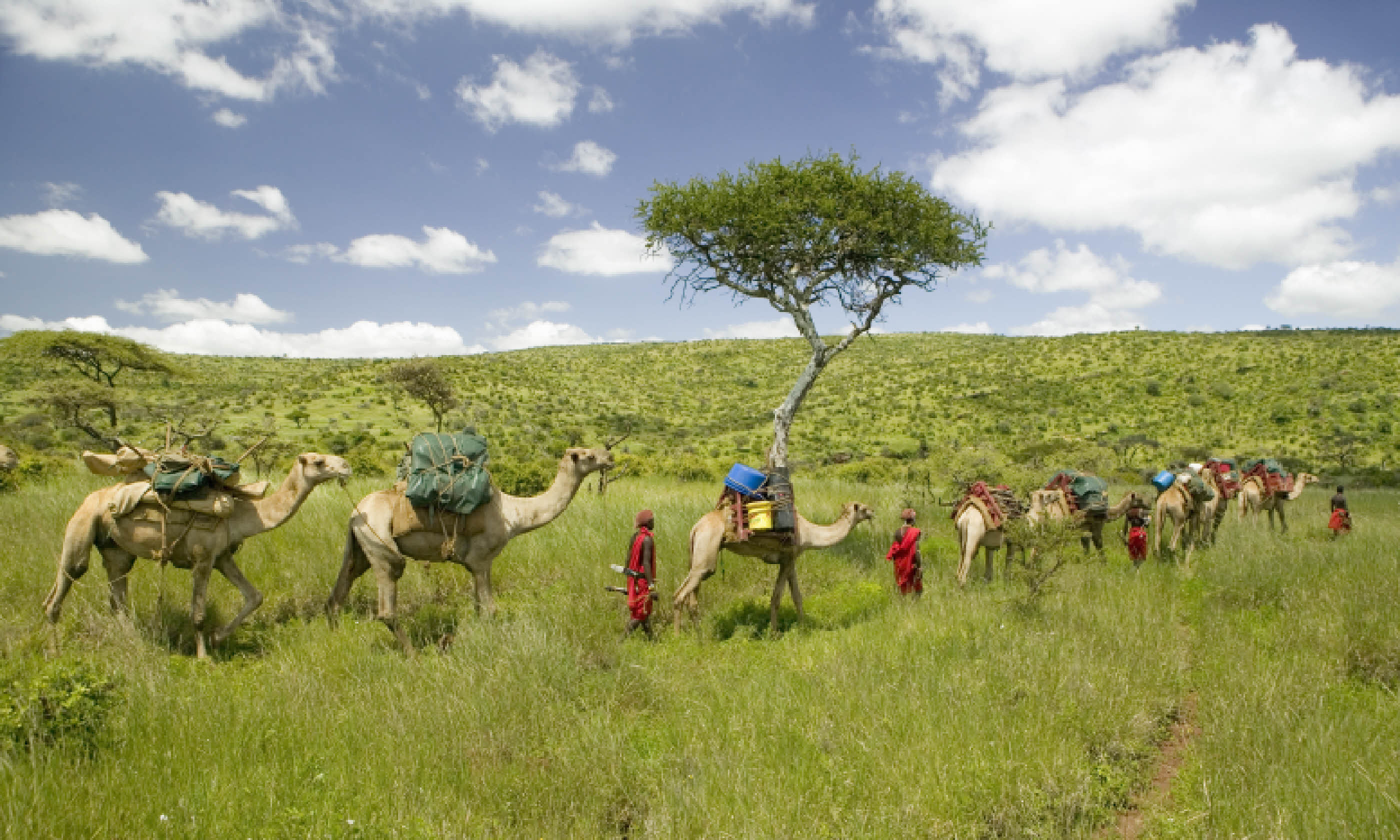
Camel
Cross the plains with a plodding camel caravan. Dromedaries are well-suited to safari-ing: they can access areas that vehicles can’t reach, while still carrying lots of supplies, allowing you to venture into remote areas for longer periods. Multi-day trips will involve early starts; you’ll either ride a saddled camel or walk alongside it for 5-15km a day, setting up a new camp each night – though the guides will likely do that for you.
Where? There are several camel safari options, lead by Samburu and Maasai guides, in the game-abundant
Laikipia area of Kenya.
Mkuru Camel Safari, based in northern Tanzania, uses its bespoke one- to seven-day trips as a way to explore and benefit local communities as well as spot wildlife.
Pros: Camels provide access to offbeat areas. Multi-day trips get deep into the wilderness and give you the chance to wild camp in remote spots. Trips can still be comfortable – camels carry a lot of kit. A (mostly) peaceful way to travel.
Cons: Potential saddle soreness. Not necessarily luxurious. Treks are gentle but you may be on your feet for several hours a day.
Need to know: Camels only spit when stressed – they actually like people, if people are nice to them.
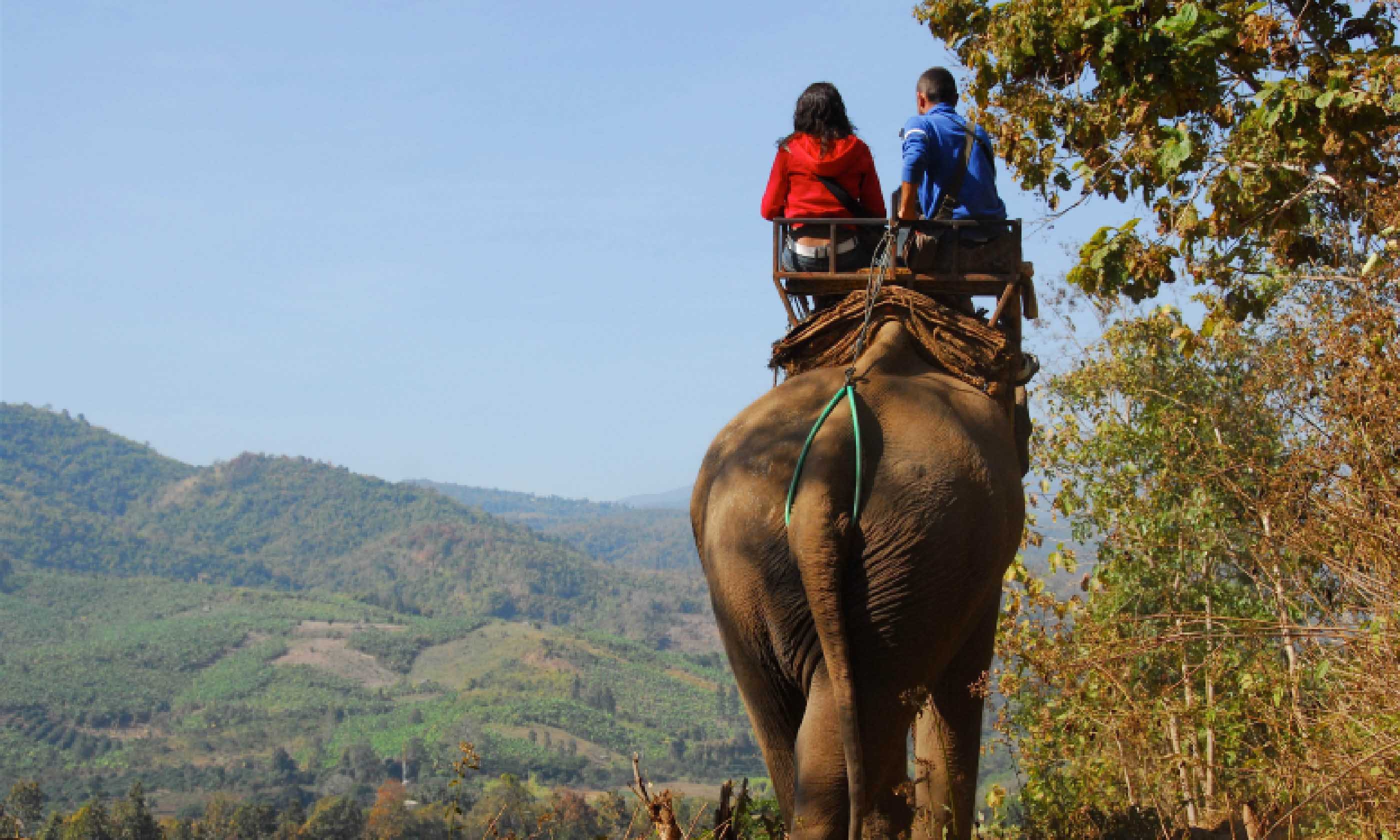
Elephant-back
Yes, really – take a ride into the bush atop an elephant. African elephants are feistier than their Asian brethren, but in some spots the animals have been trained, so you can climb aboard for a truly unique safari. Typically two guests will sit in a large, padded harness (accessed via a ramp), with an induna (ele handler) ‘driving’.
Where? Abu Camp, in Botswana’s Okavango Delta, was first to offer elephant-back trips. Several other lodges now do the same. South Africa’s
Addo Lodge offers day safaris to non-guests;
Camp Jabulani, also South Africa, offers nighttime ele safaris.
Pros: Unprecedented closeness to African elephants. An excellent vantage – you’re at bird’s nest level, and can eyeball the giraffes. A sense of connection with the bush.
Cons: Limited opportunities. Extra cost – most elephant-back safaris are offered by higher-end lodges. You may feel ethically uncomfortable about riding on an elephant.
Need to know: Excursions usually last around three hours and may include walking alongside and feeding your elephant too.
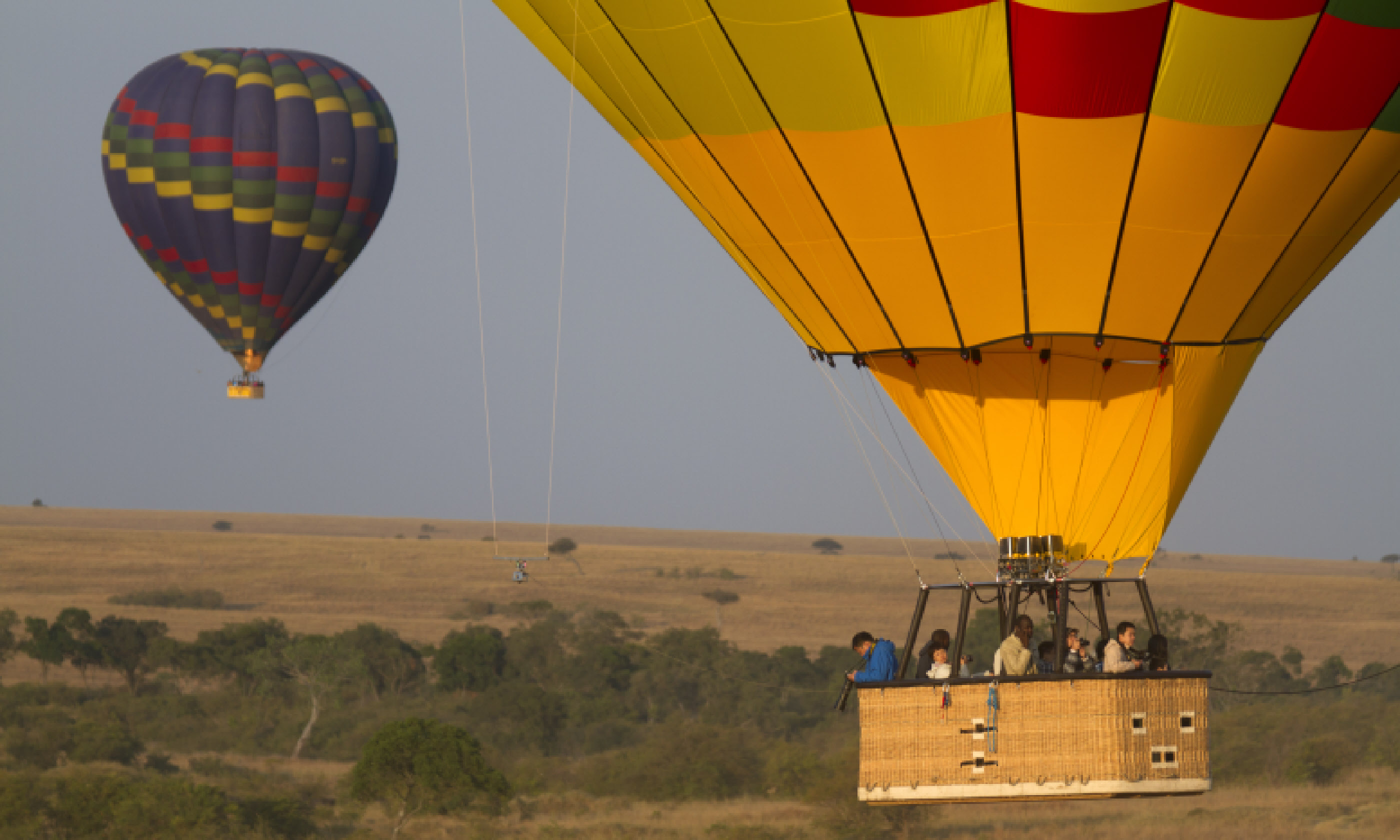
Hot-air balloon
Rising above Africa in a balloon-powered wicker basket – the most romantic way to travel. Hot-air balloon rides, which can be booked from many high-end lodges, usually take off for sunrise. You’ll assemble pre-dawn (expect six to 16 people, plus pilot, in the basket) then rise above the savannah/desert/delta as the first rays hit.
From on high, you might see galloping herds or predators stalking their prey; the views – not least of your balloon’s shadow slinking across the ground below – are unmatched. Flights last around 60-90 minutes; on landing, a champagne breakfast in the bush likely awaits.
Where? Flights over Namibia’s Namib Desert reveal the full extent of the rippling apricot sand sea, glowing at first light. For the best chance to soar above the Great Migration, chose the Serengeti’s Seronera region in May or November, and Kenya’s Masai Mara July-August. Other special spots include the vast Kalahari and Zambia’s Busanga Plains, in Kafue NP – from August to October, the receding waters here create lush islands, beautiful from above.
Pros: Magical, once-in-a-lifetime experience. Aerial views reveal different aspects of the land, such as snaking rivers and animal trails leading from waterholes. Serene and silent.
Cons: The price – expect to pay from around £150pp. It’s popular with honeymooning couples – solos might feel gooseberry-ish. Not for those with a fear of heights.
Need to know: Make sure your travel insurance covers hot-air ballooning – landings can be bumpy, and injuries are possible.
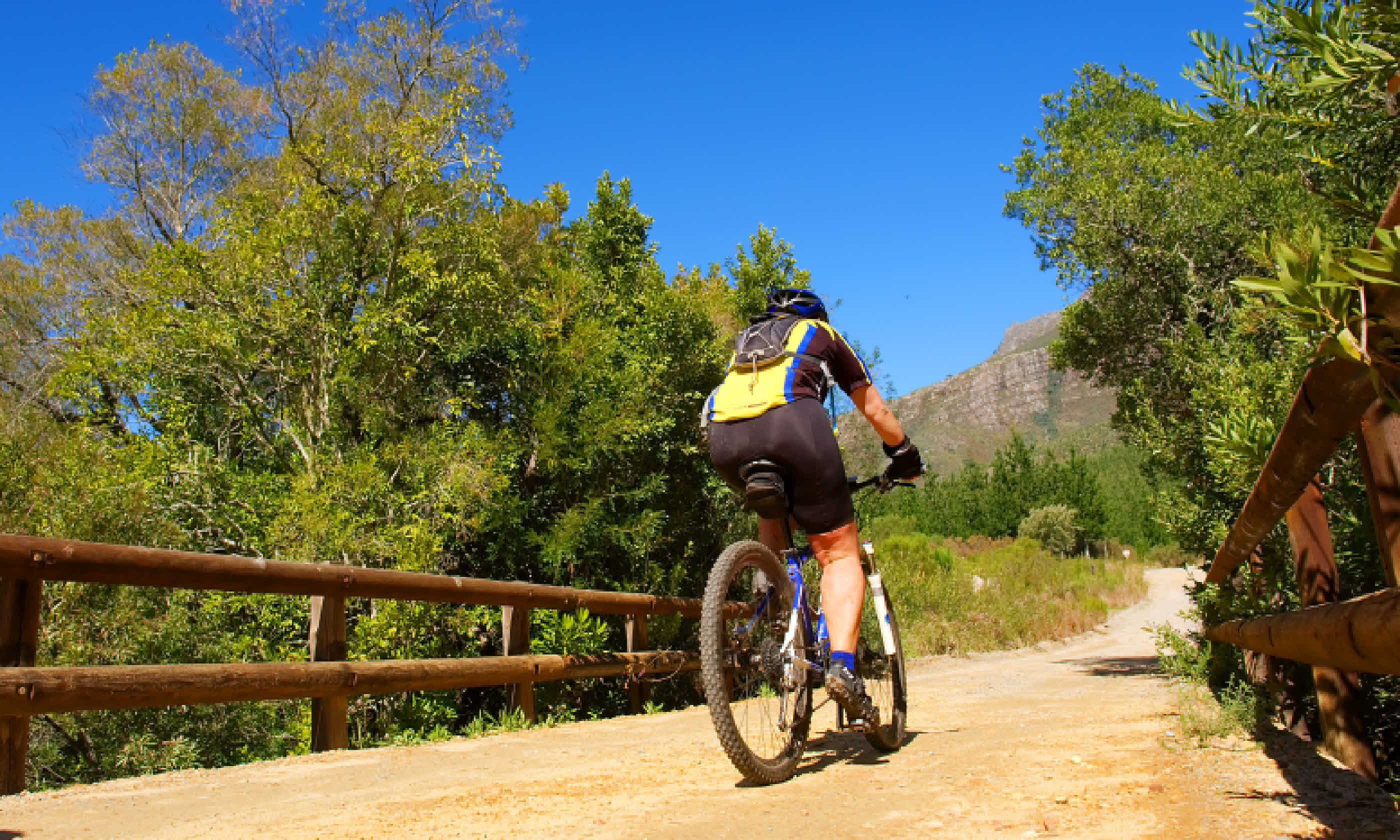
Bike
Explore the bush by bicycle – an increasingly popular option as more safari-goers crave active options. Typically, a small group on tough mountain bikes will be guided across the bush, often tracing dusty migration tracks. Excursions might last a few hours, and end with a sundowner; multi-day cycles – camping out under the stars each night – are possible.
Where? Gentle pedals are on offer at Zambia’s
Tafika.
Cycle Mashatu has been running multi-day mountain-biking safaris in Botswana and South Africa since 2003.
More serious cyclists might want to join the
Tour de Tuli (August 2014), a four-day charity fundraiser ride from Botswana’s Tuli Game Reserve to South Africa’s Mapungubwe NP, passing plenty of wildlife en route. Hardcore pedallers can even contemplate the Cairo-Cape Town
Tour d’Afrique, either one of its eight legs (from £830) or the full 12,000km (£8,800).
Pros: Not only do you feel more connected to the bush but there’s no vehicle noise and you can keep pace with zebra. Good exercise too.
Cons: It’s potentially hard work! Some of the trails will require biking experience and they’re not widely available either.
Need to know: The terrain can be rocky and uneven – bring padded cycle shorts for a little posterior comfort.
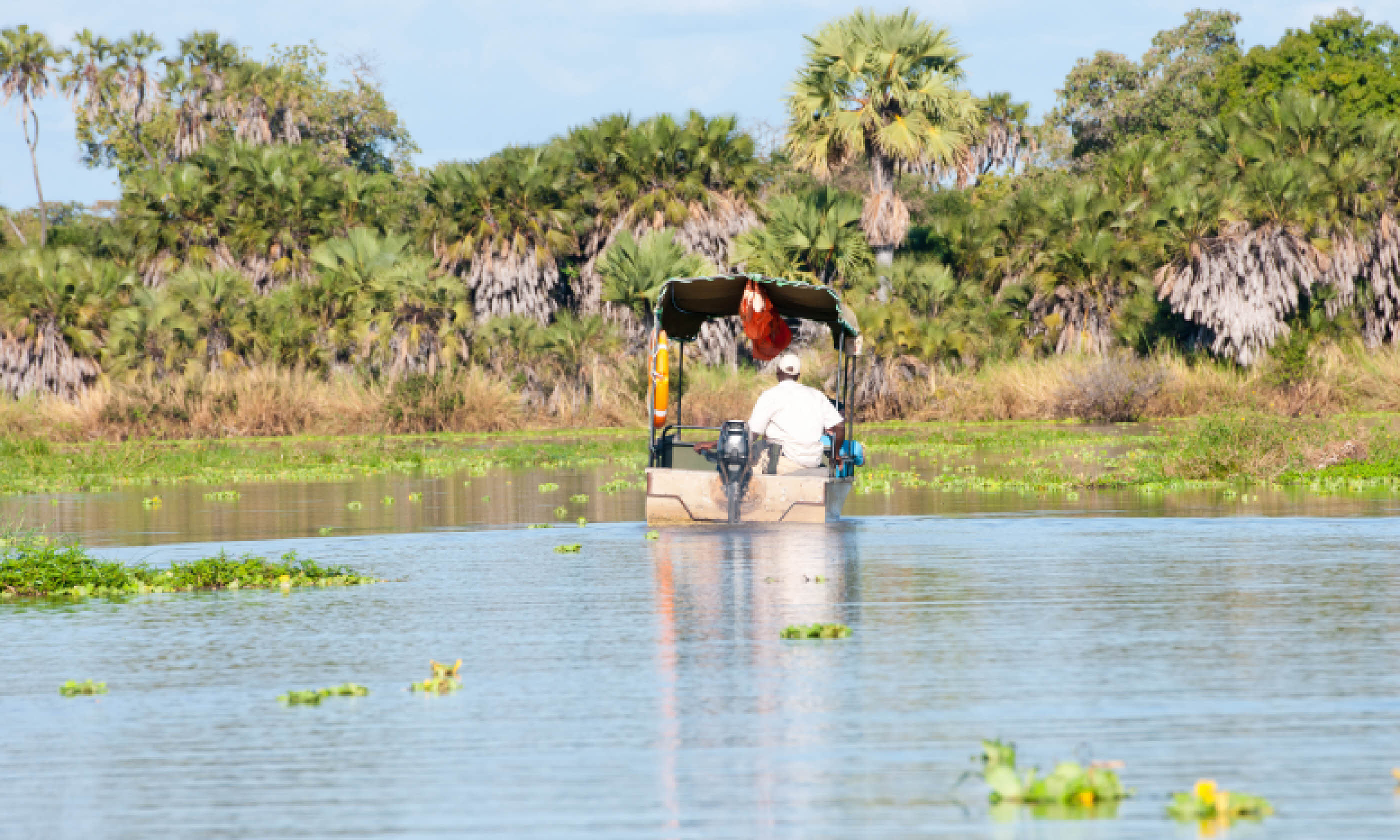
Boat
How about a cruise, to see wildlife from deck-level? If your safari lodge is by the water, there might be morning and afternoon boat excursions in small motor craft. Alternatively, a multi-day cruise, where you sleep on board, allows you to relax to the rhythm of the water.
Where? The 14-suite
Zambezi Queen, which sails down the Chobe River in Botswana, offers an exclusive and luxurious two- or three-night cruise experience. Other good parks for short boat excursions include: Selous in Tanzania, where you can negotiate the Rufiji River’s maze of streams and channels; pretty, palm-fringed Liwonde in Malawi; Namibia’s remote, bird-rich Caprivi Strip; and the myriad waterways of the Okavango.
Pros: You can reach areas that are inaccessible by land and get close to swimming, drinking, wading wildlife. It’s also a relaxing way to travel – especially when you can enjoy sundowners on deck.
Cons: A sedentary and expensive option (a two-night low-season trip on the Zambezi Queen costs £505pp). Potentially a bit rocky for photography.
Need to know: Timing is key – wildlife is increasingly drawn to rivers as the dry season progresses, but if water levels drop too low, boat safaris may not be possible.










